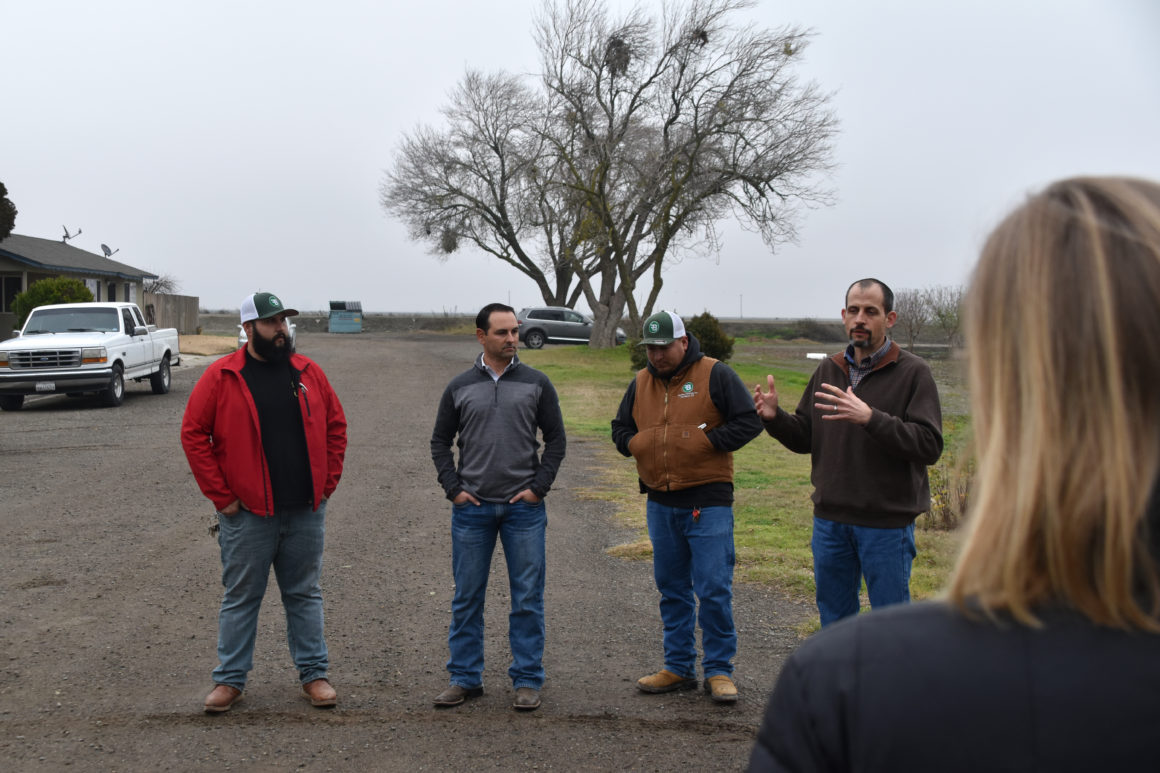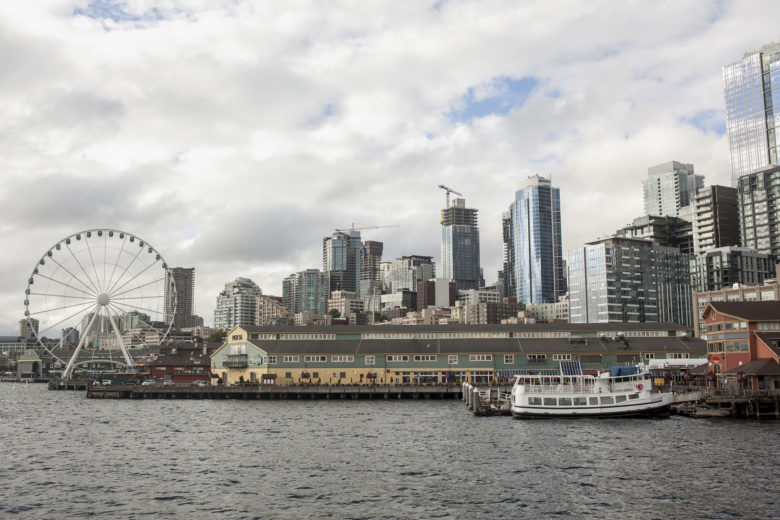
In April 2018, I was asked to join the Van Alen Institute’s Climate Council – a unique collection of system thinkers and designers (architects, engineers, landscape architects, planners and researchers). The council’s mission is to investigate critical issues of climate change that could be alleviated by design and recommend pathways where design can advance our built environment for more sustainable, resilient and thriving communities.
I am humbled to be included in a team of such high-level thinkers who all share a passion to try to use their skills to solve some of the “big picture” challenges our world is facing. In July 2018, we took our first investigative trip to the Central Valley region of California where we had the opportunity to learn about how climate change is influencing the complexities of our food systems. We were using this first trip to better understand the specific issues facing our food systems, and to clarify the role of the council itself.
The result from the trip was a narrowed focus on a few themes related to food and climate change. The team, supported by local subject matter experts, focused on three themes: impacts of social equity, food waste and general public awareness of food.

On our return trip in January 2019, I was able to head out to California a few days early for client workshops, which also allowed for a side trip to Paradise, the site of the horrific Campfire wildfires. This was one of the most surreal experiences of my life. The town was recently declared “open”, but no one was there… just logging teams and hazmat crews trying to pick up the pieces—literally. As I traveled down street after street, I was stunned by the seemingly endless destruction. I came across a deer stumbling through the rubble and ashes. He was completely unphased by my presence—one random guy walking down the street with his camera was no match for the experiences he had survived. I was also struck by the randomness of it all—on one street stood a line of equally-spaced chimneys atop piles of rubble where houses once stood. The destruction was interrupted by a solitary home that had been completely untouched by the fury of the fires.
No one could have predicted the massive destruction that happened in Paradise, yet disaster of this proportion is becoming more and more common due to the changes in our climate. As I traveled to meet my Van Alen colleagues, I was reflecting on how we are charged with designing for a world of variables, and many of those variables are beyond our control.
On this second trip, we saw so many different people who could benefit from thoughtful system approaches—from the artisanal farmers who are trying to stay afloat to the workers who need better equipment to the distributors who are trying to find the best way to get the food to the people who need it.

One of the most glaring observations from the trip was the challenge that exists in getting food to where it is needed most. We were conducting our research in one of the largest concentrations of “big ag” in the country. Food is being grown everywhere you look yet many adjacent communities are struggling with food insecurity. Compounding this dichotomy is the irony of the tremendous issue of food waste. Each step of the food system (from production, transportation, distribution, sale, and consumption) contains a tremendous amount of wasted resources. How could some farmers be incentivized to leave 30% of a crop in the field because it was not deemed attractive enough for sale, yet a mile away a community was struggling with food insecurity and chronic health issues?
Surely the system needs intervention for economic, environment and social benefit.
Even in the short-time we spent exploring this issue, there was a sense of optimism from the council. Yes, the issues are extraordinarily complex and there was a concern that intervention at any scale could advance one issue to the detriment of another. However, the model the Climate Council is exploring, building upon recent successes of large, interdisciplinary competitions such as Rebuild by Design and Resilient by Design, will hopefully offer a set of unique and critically important perspectives to a very complex problem.
Not surprisingly, the team did discover many unique design opportunities that can contribute to the solution. Education and communications are a big part of the answer. People love beautiful fruit, but they need to understand that an “ugly” strawberry is just as tasty and nutritious as a slightly less attractive one. Creating the right partnerships is another element of the solution. We need to get the various participants in the system working together to create a process that is more efficient and effective in getting food from the field to the store to your table.

This is a complex issue and we are not naïve enough to think that we’re going to solve it in a couple of trips, but I’m excited to continue this important work with the Climate Council and energized by the opportunity to be part of a team that has the commitment and resources to truly make a difference.
I’ve been reflecting on the perspectives of my time both in Paradise as well as the Climate Council investigative trip. As a practitioner that prides myself on integrated solutions across disciplines and scales, I know what a challenge it is to positively impact complex systems with design. The challenge has grown exponentially more complex due to the environmental, market, political and social externalities brought on by climate change. It dawned on me that the responsibility we have in our lives (personal and professional) to strive to create interventions that are even more thoughtful for a world that has so many uncertainties.
The council’s outcomes and recommendations are being assembled, and Van Alen will be recommending next steps for both the intersection of climate change and food as well as the next steps for the Climate Council. Stay tuned.


